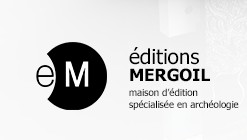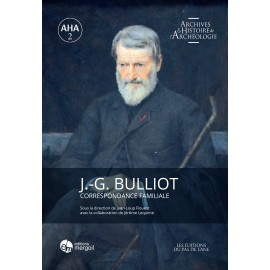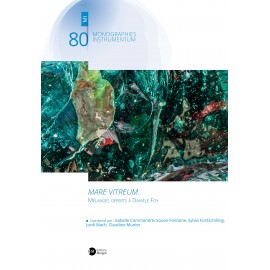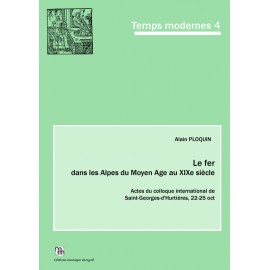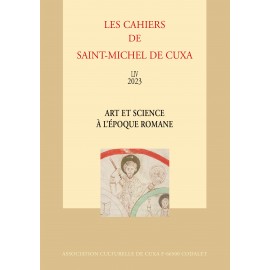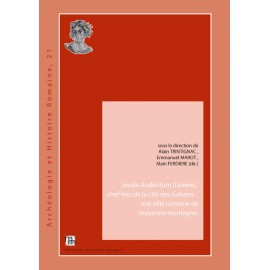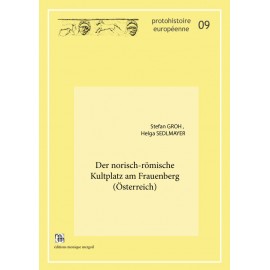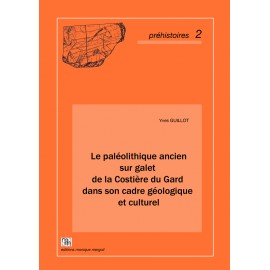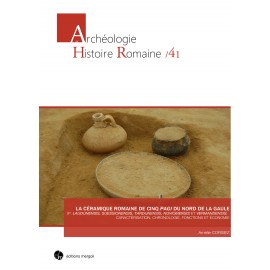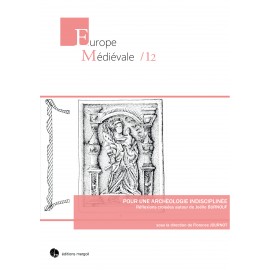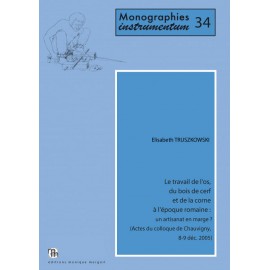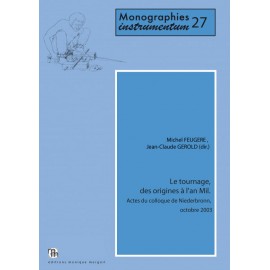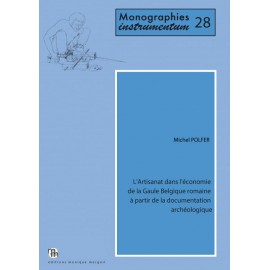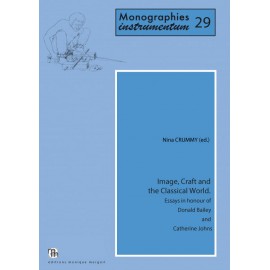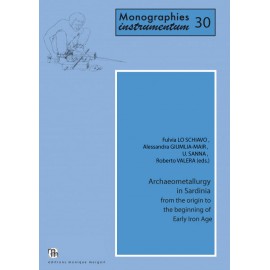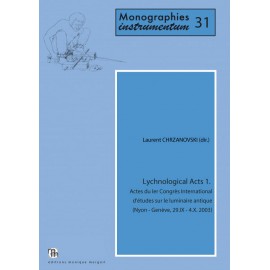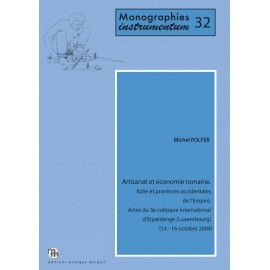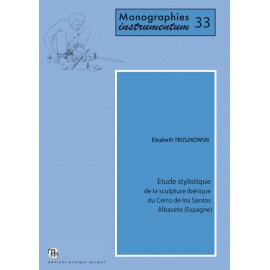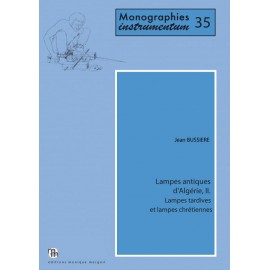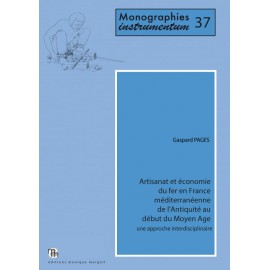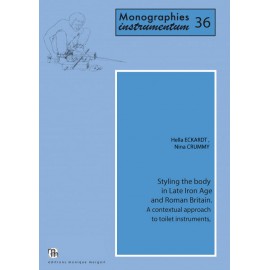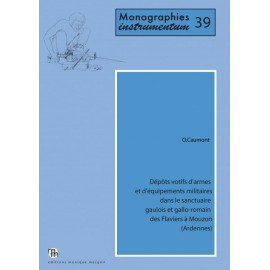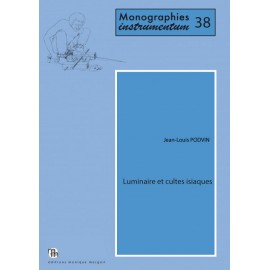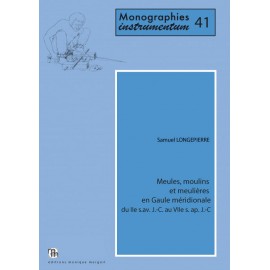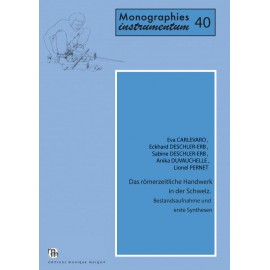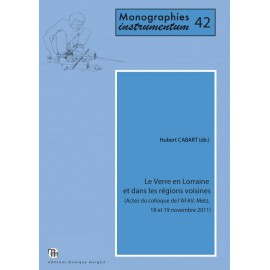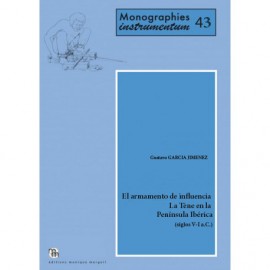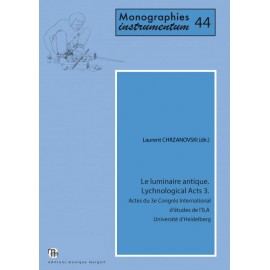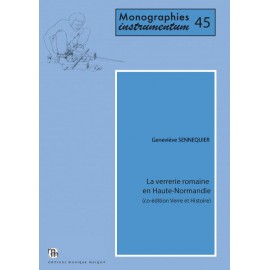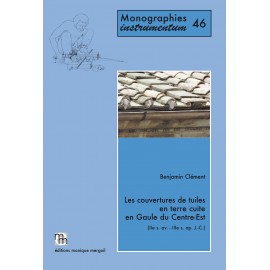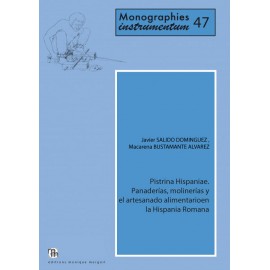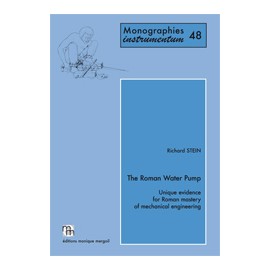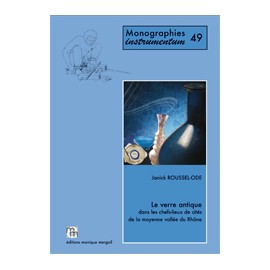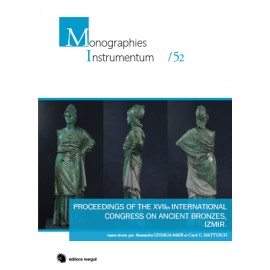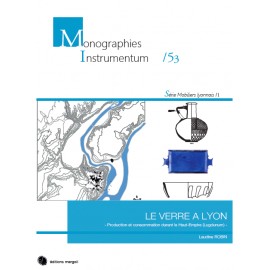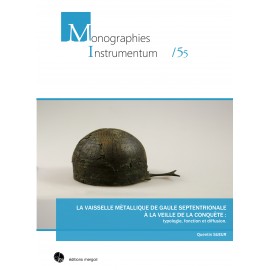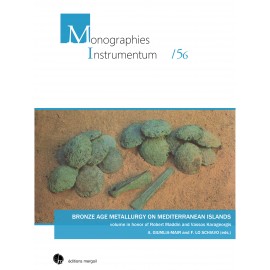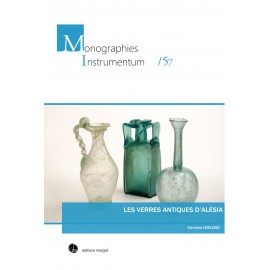No products
Prices are tax included
Product successfully added to your shopping cart
There are 0 items in your cart. There is 1 item in your cart.
Monographies Instrumentum
- Archéologie et Histoire Romaine
- Archéologie Moderne et Contemporaine
- Archéologie des Plantes et des Animaux
- Archéologie du Paysage
- Archives & Histoire de l'Archéologie
- Europe Médiévale
- Monographies Instrumentum
- Préhistoires
- Protohistoire européenne
- Research Protocols
- Off collections
- Les cahiers de saint-michel de Cuxa
- Second-hand
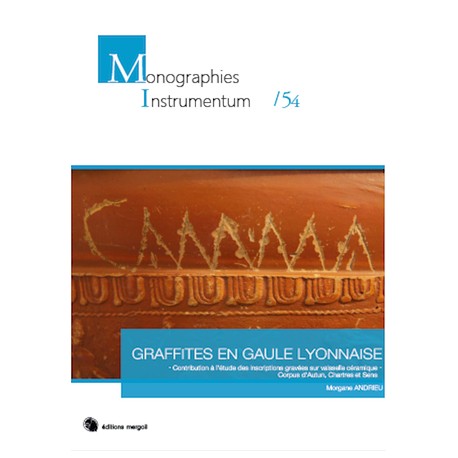 View larger
View larger Graffites en Gaule Lyonnaise
MI-54
New
Morgane ANDRIEU - MI-54 - Graffites en Gaule Lyonnaise. Contribution à l'étude des inscriptions gravées sur vaisselle céramique. Corpus d'Autun, Chartres et Sens. - Préface G. Sauron, 2017, 454 p., nbr. ill. coul. (ISBN : 978-2-35518-065-1)
Collection directed by M. Feugère
More info
Latin writing is one of the main types of evidence for studying the Gallo-Roman period. Contacts between Romans and natives have favoured its spread throughout Gaul. Although few traces have remained, writing is a valuable testimony of the past and the objective of this thesis is to study its everyday use in the capital cities of Gallia Lugdunensis through the examples of Autun, Chartres and Sens (France). Therefore, this study is based on the analysis of the incised inscriptions (graffiti) on pottery tableware which was an everyday object accessible to the entire Gallo-Roman population and made of a non-perishable material. Thus, graffiti on pottery are among the rare examples at our disposal to understand the daily epigraphic habits of the Gallo-Roman population. The first part of this work was to identify all graffiti on pottery discovered in Autun, Chartres and Sens. The missions, which were possible thanks to the help of volunteers and to the financial support of the European Archaeological Centre (Bibracte), the Ministry of Culture and Paris-Sorbonne University, allowed us to identify a total of 676 graffiti, most of them are unpublished. All are listed, illustrated and discussed in the catalogue of this thesis. The study of the corpus includes the inscriptions, their linguistic and palaeographic analysis, the identification and the dating of their support and context of discovery. The messages transmitted by these inscriptions were different (contents, wishes, dedications, etc.), but most consisted of ownership marks incised on quality crockery. The study reveals similar epigraphic practices in the three cities and the comparison with the results of previously published studies shows that these epigraphic codes are used far beyond the borders of Gallia Lugdunensis.
